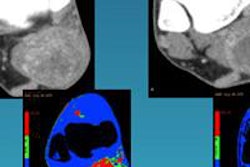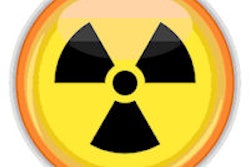Dear CT Insider,
An ambitious new CT development project is ramping up in New Zealand, where researchers will build a human-sized CT scanner that distinguishes no fewer than eight separate x-ray energies -- compared with just two energies possible with commercially available scanners.
The researchers believe the system will enable users to simultaneously target multiple tissues and pharmaceutical agents for analysis, and finally make CT a functional imaging modality like MRI and PET. We spoke with the enthusiastic project leader soon after news broke that the $10 million project had been funded: Learn more in this issue's Insider Exclusive.
Although spectral imaging techniques are robust and ready for clinical implementation today, few radiologists have learned how to use the protocols, according to radiologist and spectral CT expert Dr. Dushyant Sahani. An ever-growing range of imaging targets is ready to be seen, he said in an article you'll find here.
In the kidneys, a study published in the New England Journal of Medicine found that ultrasound should still be used first for patients suspected of having kidney stones, before sending on suspicious cases for CT. Look for the story here.
A new report from Saudi Arabia shows serious gaps in knowledge about radiation dose. Interestingly, the radiographers knew more than the physicians. Get the rest of the story by clicking here. Also, a Mayo Clinic study found that the use of iodinated contrast media didn't adversely affect patients undergoing CT scans -- not even those with serious contraindications to it.
Finally, you may recall the grilling CT lung screening researchers received when a Medicare panel convened in April to discuss screening in older Americans -- and then voted against recommending it. If so, you might enjoy the results of a new study that looked at lung cancer screening specifically in the older population of the National Lung Screening Trial. Far from a marginal exam, CT screening found nearly twice as many lung cancers in the older group than it did in younger individuals, and the slightly greater risk from following up nodules in older individuals was not a major concern.
If screening does begin in earnest, how would centers keep up with the high demand for CT image processing? Part of the answer might be found in a new initiative from the University of Michigan, where a group is working hard to speed things up.
You'll find all of the important news about CT imaging in your CT Digital Community, and we invite you to look at everything in store by scrolling through the links below.




















